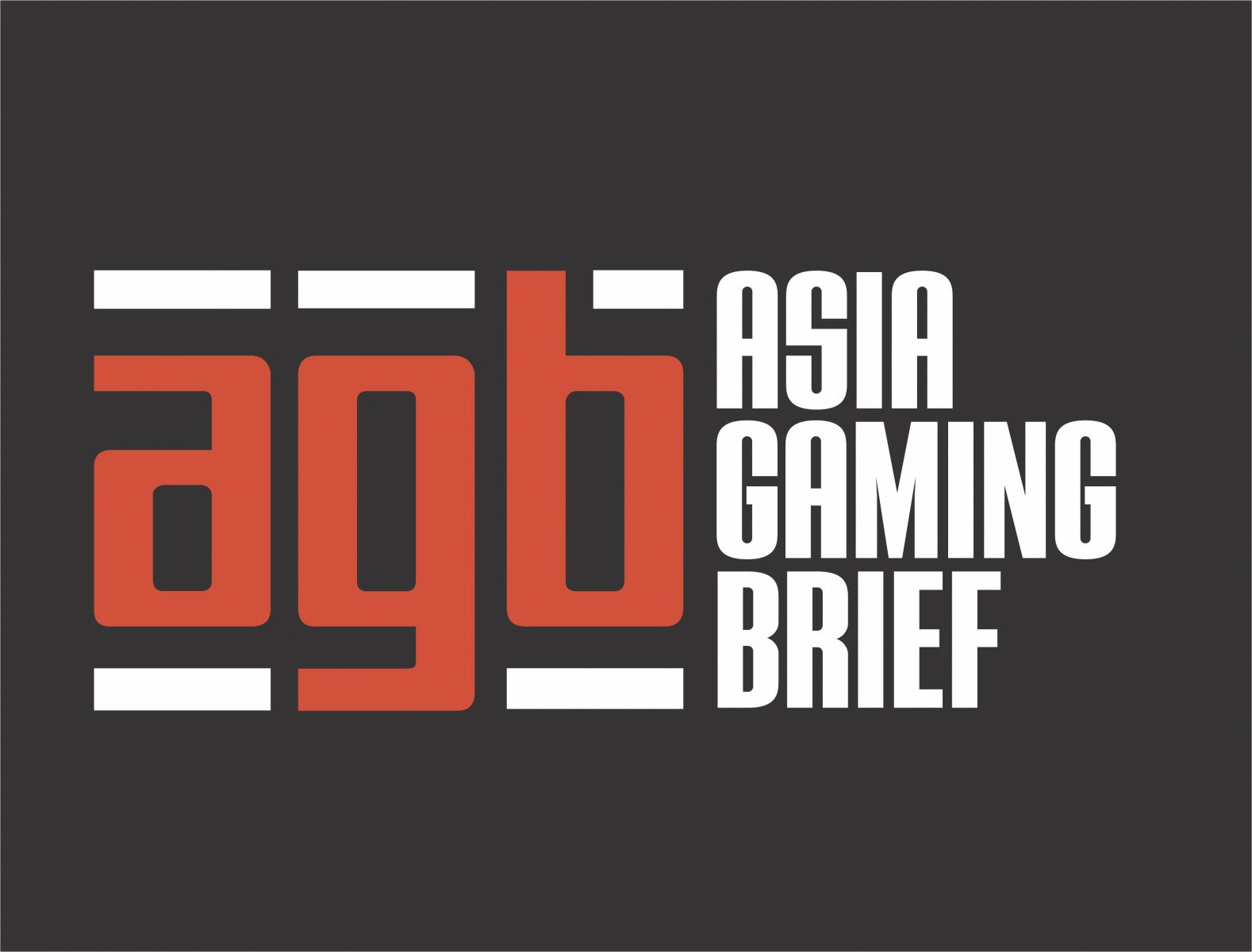Genting Malaysia’s 1Q22 results were lower-than-expected, though analysts forecast better times ahead as visitation to its new theme park picks up and the weak local currency helps to pull in tourists.
The Malaysian operator, which also has operations in the U.S., U.K, Egypt and the Bahamas, last week posted a wider-than-expected adjusted net loss of MYR100 million ($22.8 million), compared with a profit of MYR296 million in the fourth quarter of last year.
Analysts have attributed the underperformance to slower visitation in Malaysia due to Omicron, especially in March, while the operator is also seeing higher costs as it ramps up operations. The results were sequentially weaker both in Malaysia and its overseas businesses.
Genting Malaysia, which derives the majority of its revenue from its domestic operations, opened its delayed SkyWorlds theme park in February this year, which analysts expect to be a key driver of visitation to the property.
The park is the centerpiece of the MYR10.38 billion ($2.46 billion) Genting Integrated Tourism Plan, which adds new hotel rooms and facilities to Resorts World Genting (RWG). It also increased the size of the casino floor. The initial investment was slated to be MYR5 billion, though the company announced it had doubled its spending plans in 2016.
The $800 million theme park is spread over 26 acres and has nine themed zones. It is ultimately expected to feature 26 attractions.
However, the ramp-up of the theme park has been slower-than-expected, with only 75 percent of offerings currently open.
Analysts at CGSCIMB expect visitation will pick up in the second half of the year as more attractions come online.
The firm is expecting 1.5 million visitors this year, rising to 2.3 million next year and 2.5 million in 2023. But it warns that the high start up costs will mean that there is likely to be a hit to Genting’s pre-tax profit of MYR174 million this year, and MYR58 million next, before beginning to boost earnings from 2025.
HongLeong Investment Bank cut its forecasts for this year by 34.9 percent and next year by 3.8 percent following the 1Q22 miss. However, analyst Tan Kai Shuen remains upbeat about Genting Malaysia’s prospects.
The bank has raised estimates for its target share price to RM3.91 from RM3.69.
“We continue to like GenM as we view RWG as one of the prime beneficiaries with borders reopening, especially with the addition of the theme park that complements its gaming attraction, making it an attractive tourism spot that could capture visitors from all walks of life,” Tan said.
As borders reopen, analysts also say that Genting Malaysia may benefit from the weakness of the Malaysian ringgit.
The company has begun actively advertising overseas since the borders reopened on April 1st, especially in Singapore, analysts at CGSCimb wrote.
The Singapore market made up between 10 and 15 percent of all visitors in 2019 and the Singapore dollar this month hit an all-time high against the Malaysian currency.
HongLeong’s Tan said the weaker currency may encourage local visitors to stay at home as traveling overseas will be more expensive. Conversely, it may boost foreign tourists and mass-market gamblers as it becomes cheaper than its regional peers.
In 1Q22, Genting reached 50 percent of its 2019 gross gambling revenue, with a higher split coming from the VIP market at 55 percent, compared with the pre-Covid normal of about 40 percent to 50 percent, Nomura analysts Tushar Mohata and Alpa Aggarwal wrote.
The group’s EBITDA margin fell to 29 percent from 38 percent in the prior quarter, due to higher costs to get customers to the resort and as headcount ramped up to service the facilities.
Nomura has cut its forecasts for EBITDA in Malaysia this year by 11 percent and 10 percent next year, but the firm said it sees better quarters ahead. For the group as a whole, the firm raised its forecasts for 2022 EBITDA by 3 percent this year and cut by 1 percent for next, adding it is below consensus estimates.
“We believe that the street might need to factor in new higher finance and depreciation run-rates, potentially leading to earnings cuts,” they said.
























